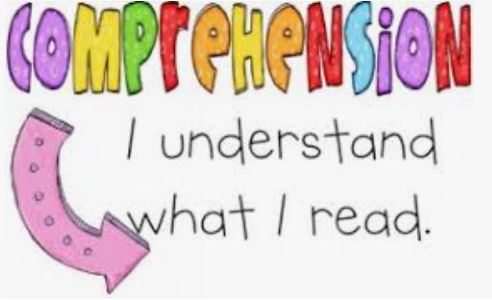The homework headache
Have you ever sat at the kitchen table and listened to your child read, ask them what they read, and hear this famous response, “I don’t know.” Before things get too far out of control, please understand that wrapping your hands around your child’s head will not get the information in there. The truth is, your child’s definition of reading and a your definition of reading are not the same thing.
You Can’t Read
I often tell my students at the beginning of the year that they can’t read. “Well that’s harsh, Mr. Rogers.” Well, actually it’s not. What you should understand about your child is that “saying words” is not the same thing as reading and they need to explicitly know this. You know that the purpose of reading is comprehension, but somehow they don’t. In fact, many students coming from elementary school have come to believe they are a good reader if they can read upwards of over 100 words a minute.
Structure = Comprehension
In grades 1 through 3, students are learning to read. In grades four and beyond, students are reading to learn. In these early grades, teachers are teaching vocabulary, sentence structure, punctuation, and paragraph structure and sequence. These skills are crucial and if not learned, put your child behind in ways that are difficult to catch up. As students get older, it is expected that these skills have been mastered, so MOST teachers do not reinforce them. I have found that over the years, they have not. And because students are supposed to be reading independently, they simply can’t comprehend the text due to a loss of the literary structure needed for collecting, analyzing, and comprehending text. Analyzing actually means to break down. How can student ‘break down’ the text into meaningful parts, if they don’t even know what those parts are?
Who or what? What about?
Every sentence has two parts; the subject and the predicate. Subjects have the job of telling me ‘who or what’ the sentence is about. The predicate tells me the idea/information ABOUT the subject. Let’s look at some examples for clarity.
- John looked out of the window to check the sky.
(Who or What?) John (What ABOUT John?) Looked out of the window to check the sky.
Explanation: In this sentence the author is telling me what John DID. (action)
2. The race track looks very wet because it has been in the rain many hours.
(Who or What?) The race track (What ABOUT the track?) looks wet because it has been in the rain many hours.
Explanation: In this sentence the author is telling HOW the race track looks. (description)
MOre words, same structure
These are simple examples, but what you need to know is EVERY sentence has the same structure. Sentences may have more words, additional phrases and clauses, but the basic structure and set of comprehension questions remain the same: (Who or What?) (What about?).
Can we help; tell us what you think?
Reading is a passion! I love it when the light bulb goes off. Let me know in the comments below if this was helpful. Is there anything in particular your child is struggling with? Let us know. Let’s connect for a free consultation and see if we can help. If they are already doing well, then it’s time for you to take your child’s reading skills to the next level with advanced comprehension and test taking skills. Click ‘Find a Tutor’ on this site to connect with a Reading Specialist. Know of any struggling students? Help us get the word out!

